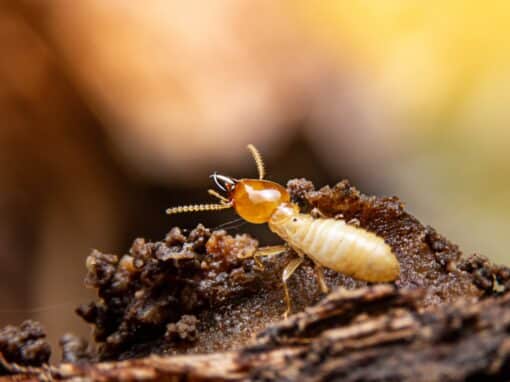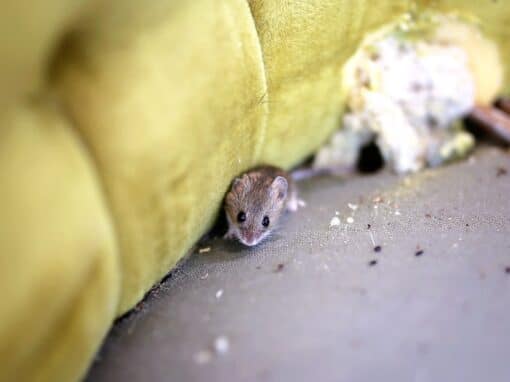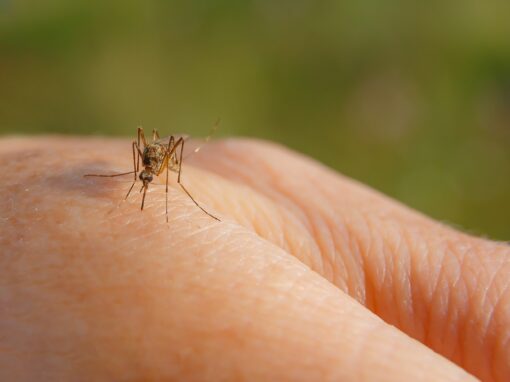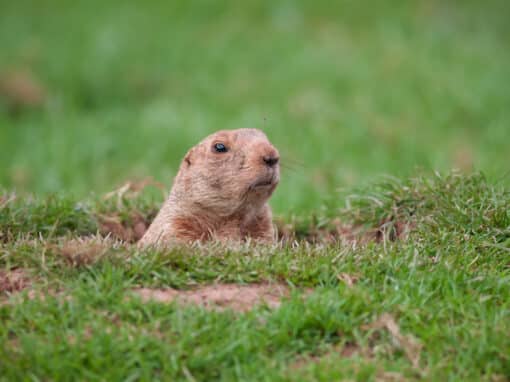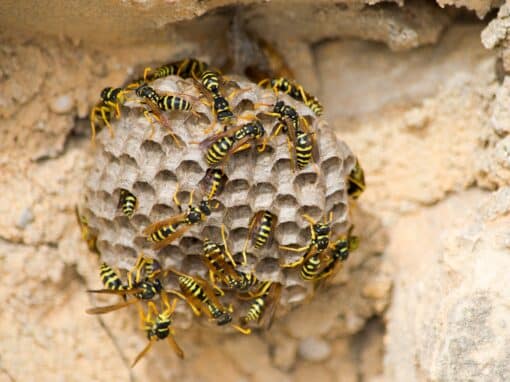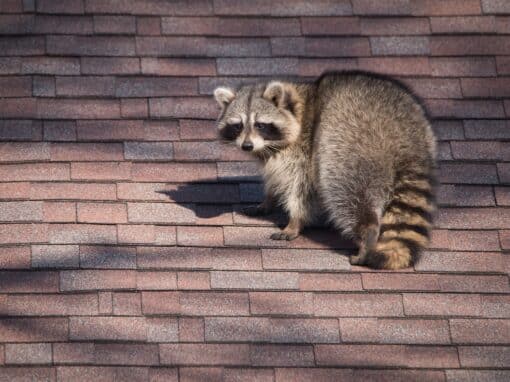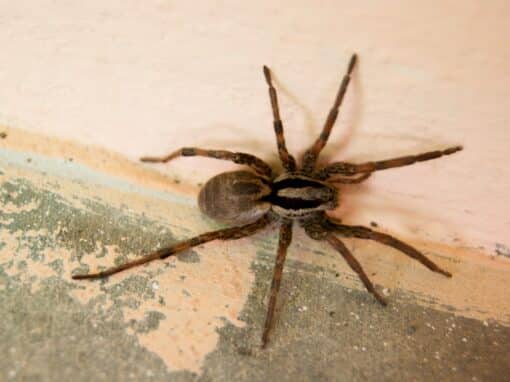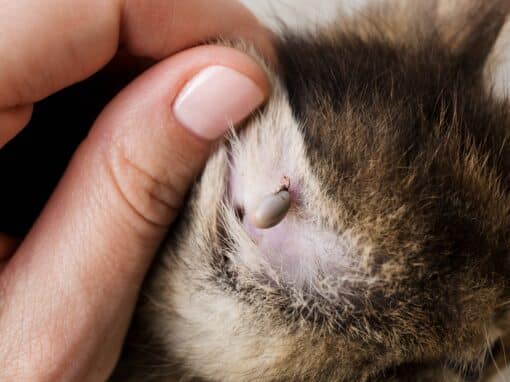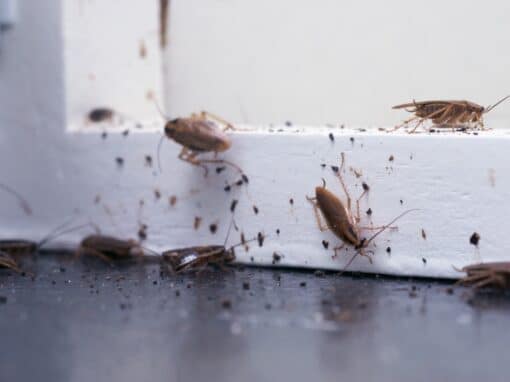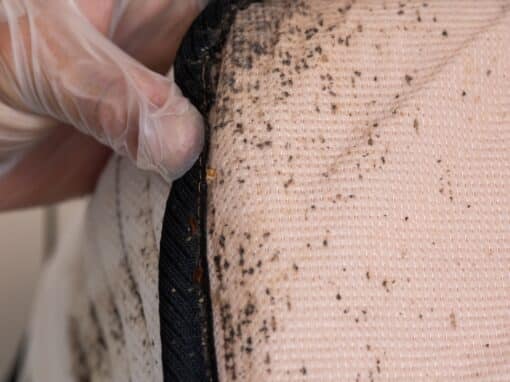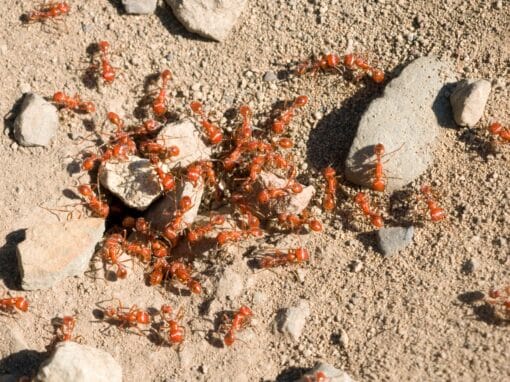Rodents
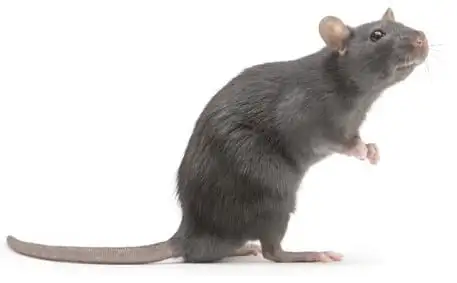
Did you know a rodent can fit through any opening, as long as their nose will fit? That’s a pretty small opening! Not to mention what a difficult task it would be to detect every opening of that size around your home. Meers’ skilled technicians will perform a thorough inspection of your home, identifying rodent entry points and implementing necessary barriers to exclude rodents from your home.
Our highly-rated professionals can handle all of your rodent control needs, whether you have Roof Rats, Norway Rats, Field Mice, or even a field mouse. Meers is on the job! We have multiple plans to fit your needs and budget.
It’s about more than setting a few traps. Rodent control takes much more than just plugging up visible gaps with steel wool and setting a few mouse traps. Once an infestation has occurred, multiple steps must be taken to remove the rodents and make sure they don’t come back.
Active Pest Infestation Services
Do you have an active pest, rodent, or other wildlife situation that needs immediate attention? Give us a call or contact us, and we can give you a specialized quote tailored to your exact needs.
Get a quote from us M-F, 8am to 5pm
WHAT RODENT CONTROL SERVICE INVOLVES:
1. IDENTIFY THE PEST | 2. EXCLUDE THE PEST | 3. TRAP AND ELIMINATE THE PEST
RODENT FACTS
All species of commensal rodents carry and spread diseases. Diseases include Salmonella bacteria, tapeworms, Favus (which causes bald spots), Rickettsialpox (rash, mild fever, enlarged lymph nodes), Black Plague (from fleas recently reported in Colorado on prairie dogs), and Hantavirus (flu-like symptoms that can be fatal), which are due to flea infestation, similarly to humans. They consume and contaminate significant portions of the world’s food supply every year. Rodents cause extensive damage to properties by gnawing on wood and wiring, often causing fires.
The prominent species found in houses and businesses within the United States is a house mouse (mus musculus). However, there are other species of native mice that invade houses too. House mice are omnivores, feeding on cereal grains, seeds, fruits, vegetables, and meats, but the seed is their preferred food. They eat at multiple sites, stealing small amounts at each site, twenty to thirty times a day. However, the daily food intake for mice is approximately 1/10th of an ounce. The remaining food that the mice don’t eat is contaminated. Mice can be found in cultivated fields, woods, below ground, and even high buildings. They are excellent climbers and are curious creatures that explore their home turf daily, inspecting any new object.
Mice are prolific breeders and will multiply year-round under ideal conditions. The female will have an average of eight litters per season, with an average of six pups per litter. At five weeks old, the pups are capable of mating. It is not unusual for a female to be lactating her young and pregnant with a new litter.
To most homeowners, all ants look pretty much alike. However, dozens of different species occur around homes and buildings, each having unique characteristics that may influence control methods. In Texas, the most common invading ants include pavement ants, carpenter ants, acrobat ants, pharaoh ants, and odorous house ants. In fact, latter species has become a particular nuisance in recent years. Knowing which ants you have often requires the help of an entomologist or knowledgeable pest control professionals. Therefore, collecting a few non-winged worker ants in a plastic bag or vial will help with subsequent identification.
Dealing with ants can be very frustrating because they have an excellent sense of smell and can sense the presence of pesticides. As a result, they simply avoid it until it goes away or moves over a few feet from where you treated. Consequently, spraying the ants you see is no different than stepping on a few in your driveway and thinking you took care of your problem.
Several species of ants in Lubbock and the West Texas area are even difficult for professional pest control companies to control. Specifically, argentine ants, odorous house ants, and harvester ants can be tough to deal with. In most cases, professionals require restricted-use products to gain control. It is vital to identify the type of ants that are causing your problem to know how to get rid of them, and we can set up a program that will be specific to your ant infestation.
THE HOUSE MOUSE: SOME INTERESTING FACTS!
Fact #1
Mice are disease carriers, and can transmit diseases by biting, infecting food with their droppings, infecting food with urine, indirectly by fleas, indirectly by dying in a water supply, or indirectly via the dog or cat.
Fact #2
Fact #3
Fact #4
Fact #5
Fact #6
Fact #7
Fact #8
Don't Let Pests Be A Pest
We've been serving the Lubbock area for 50 years, so we know a thing or two about treating the pests in our area. With a friendly, knowledgable team and competitive pricing, give us a call today and discover the Meers Pest Solutions difference.
What's Bugging You?
